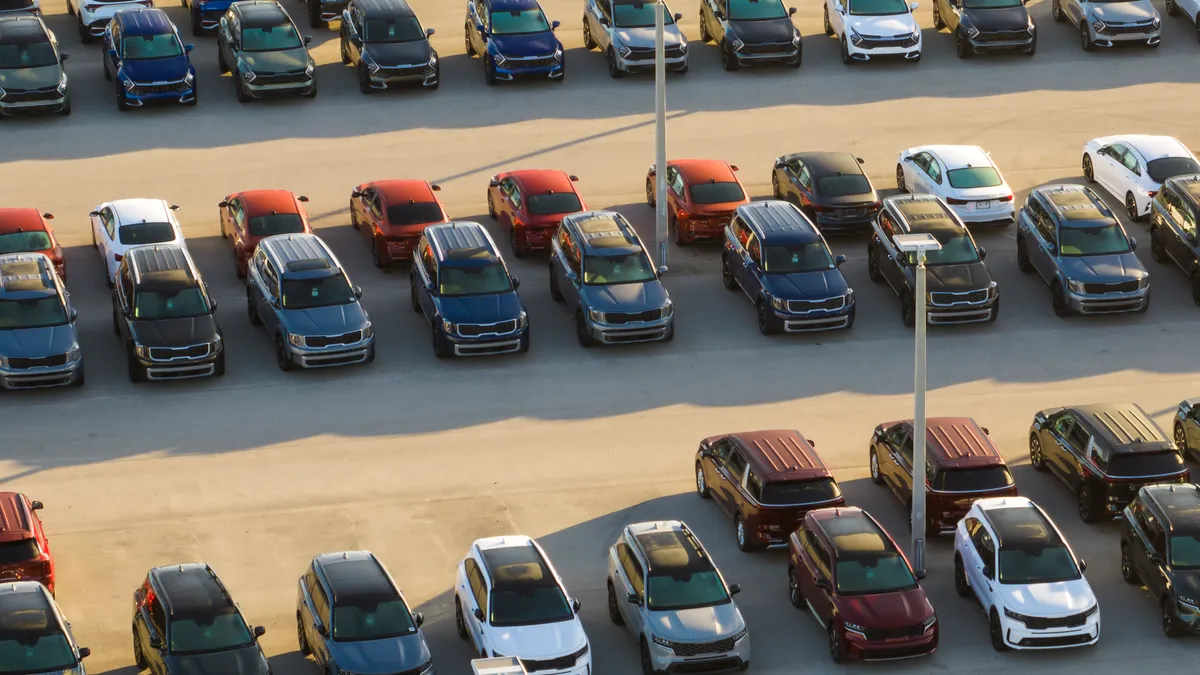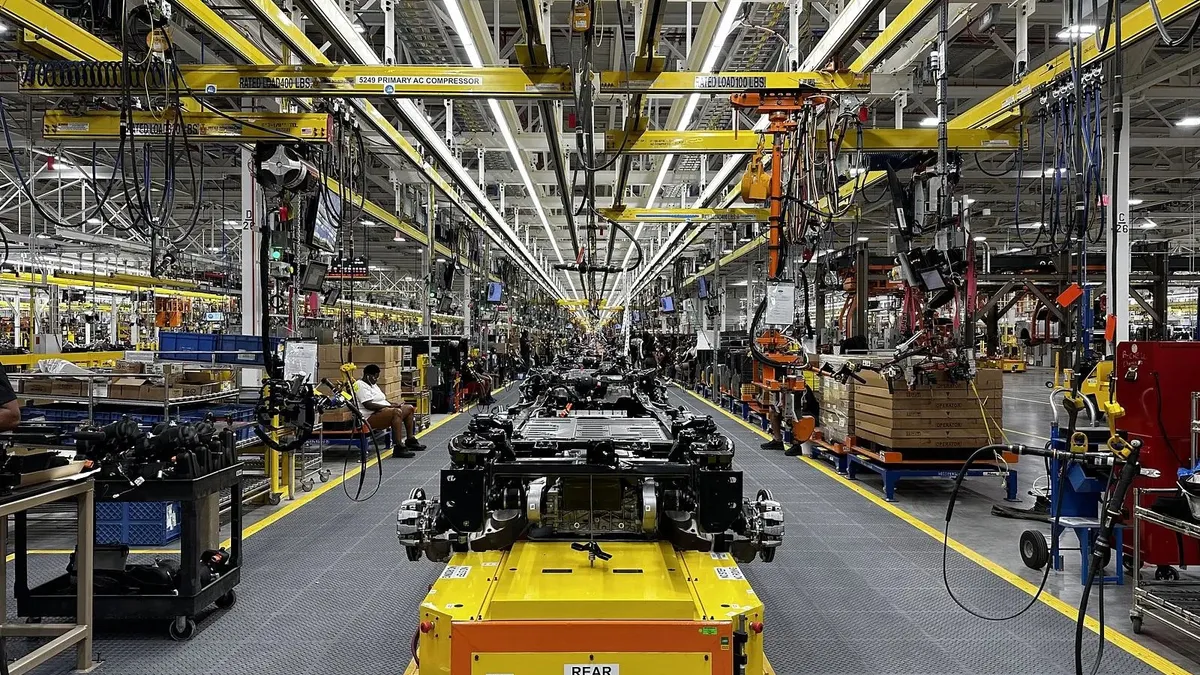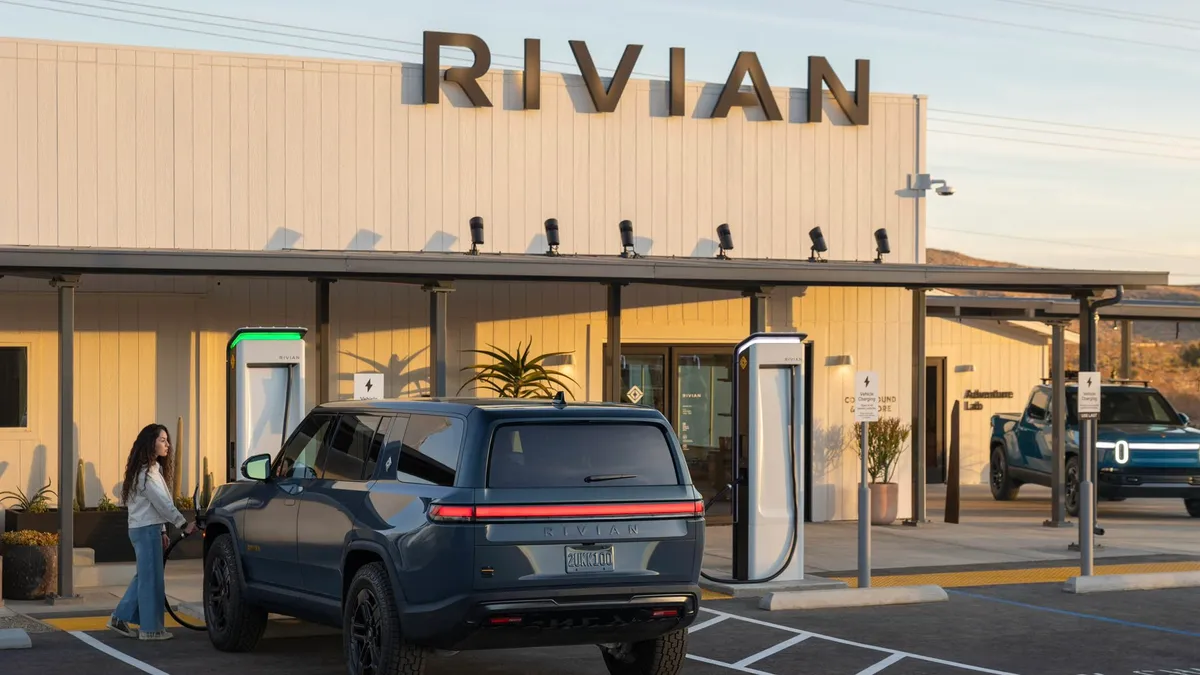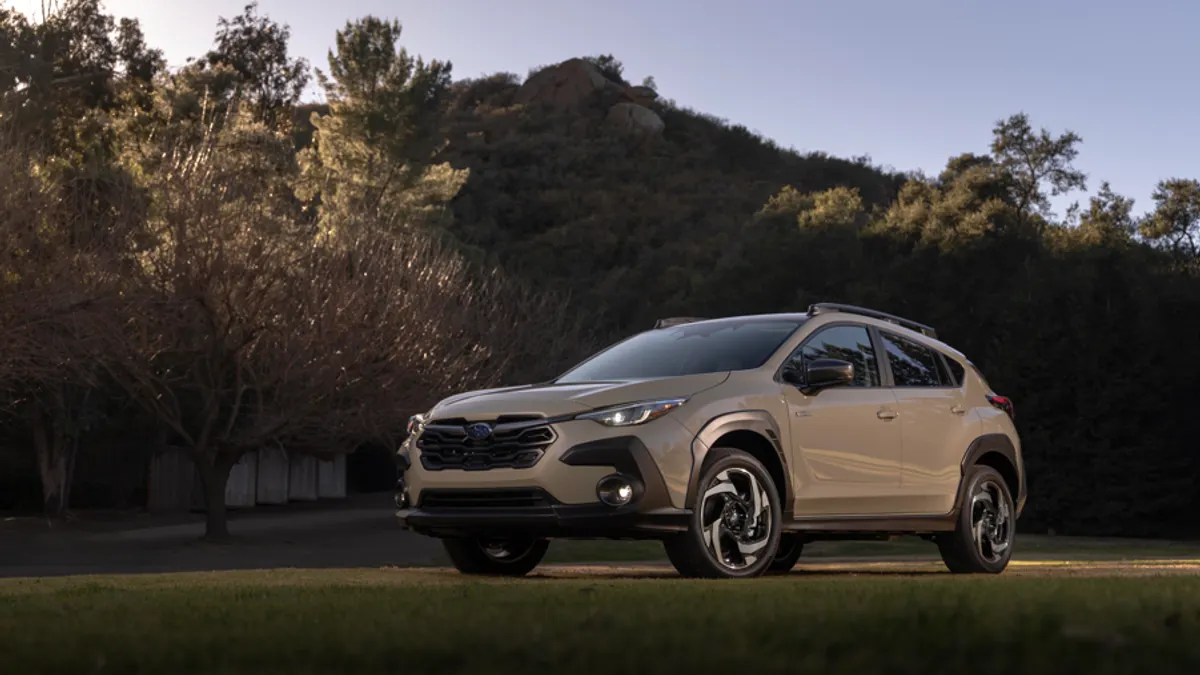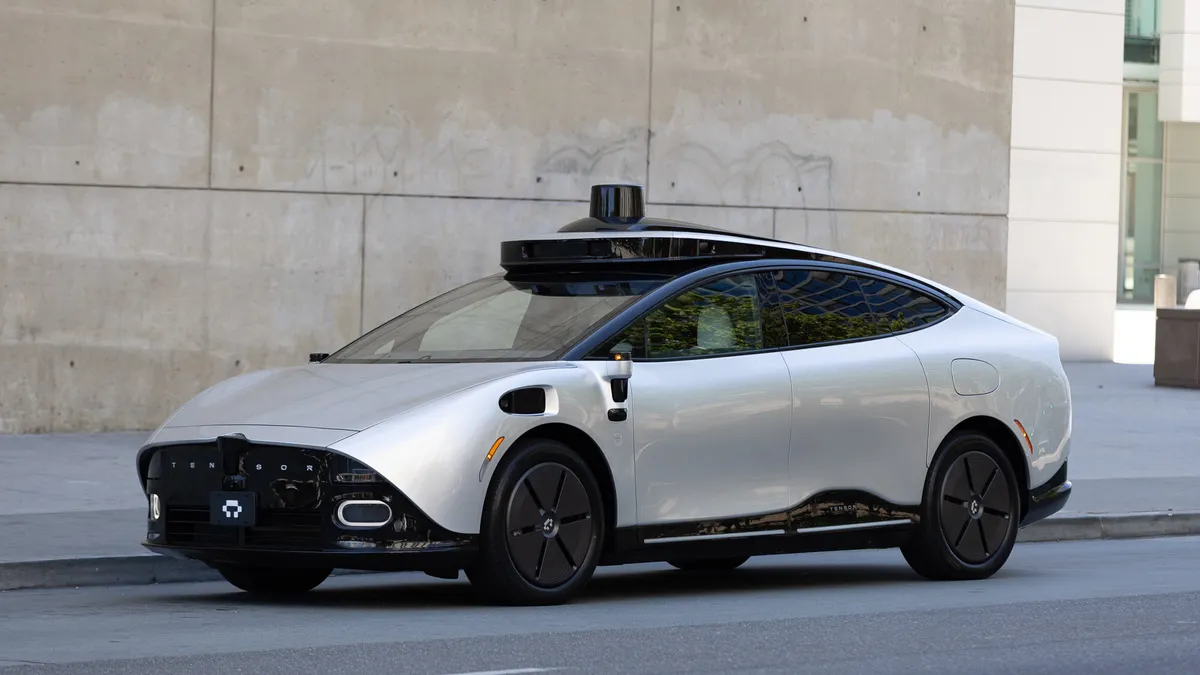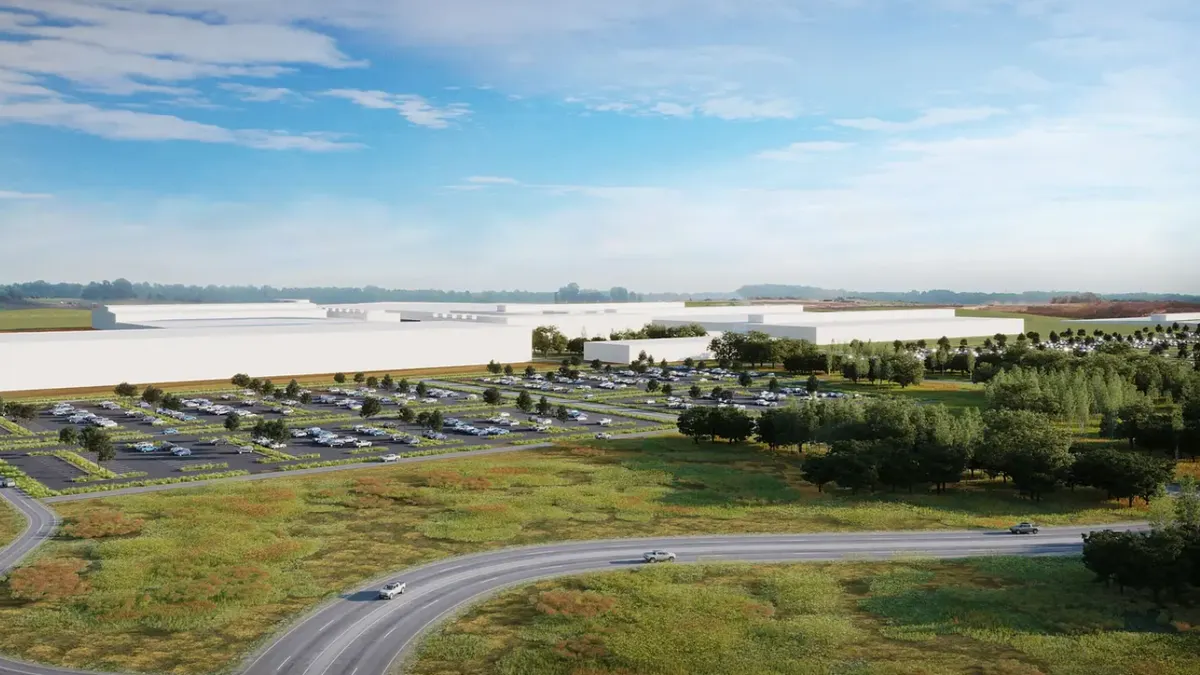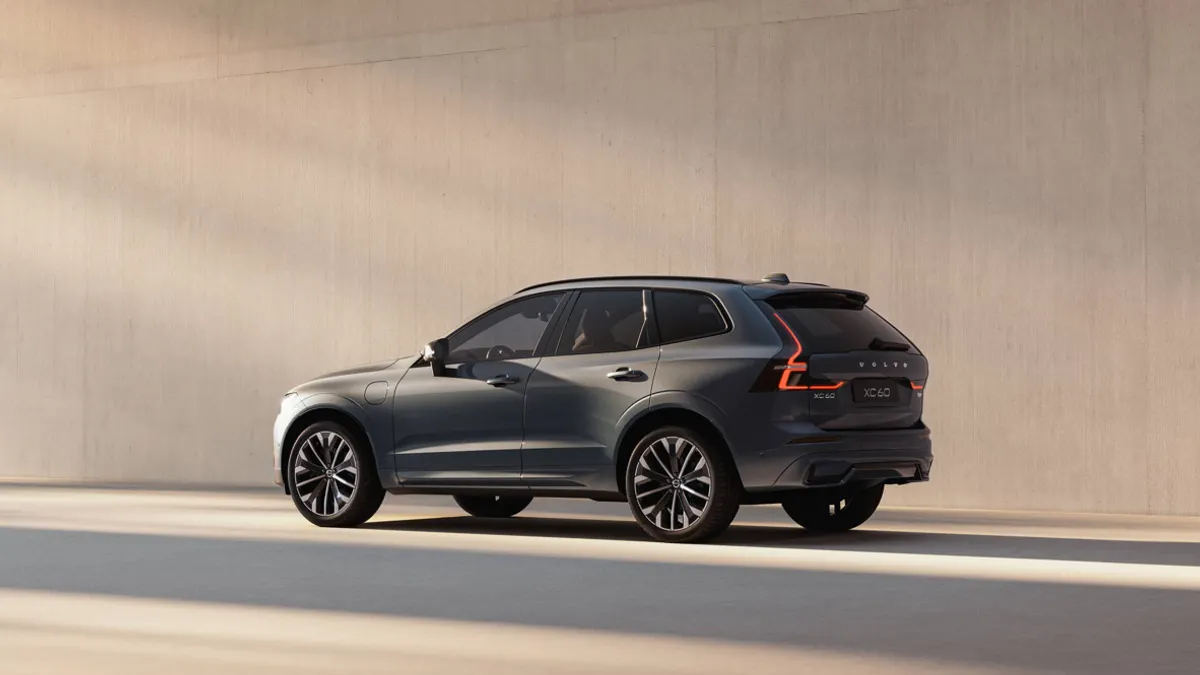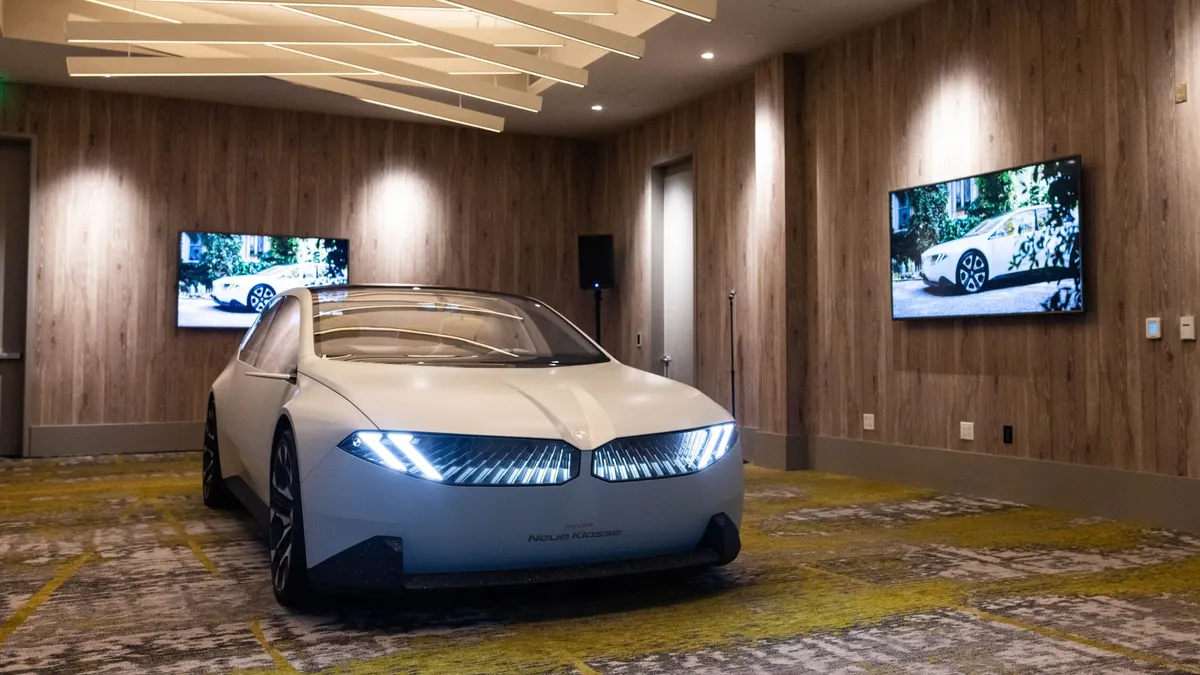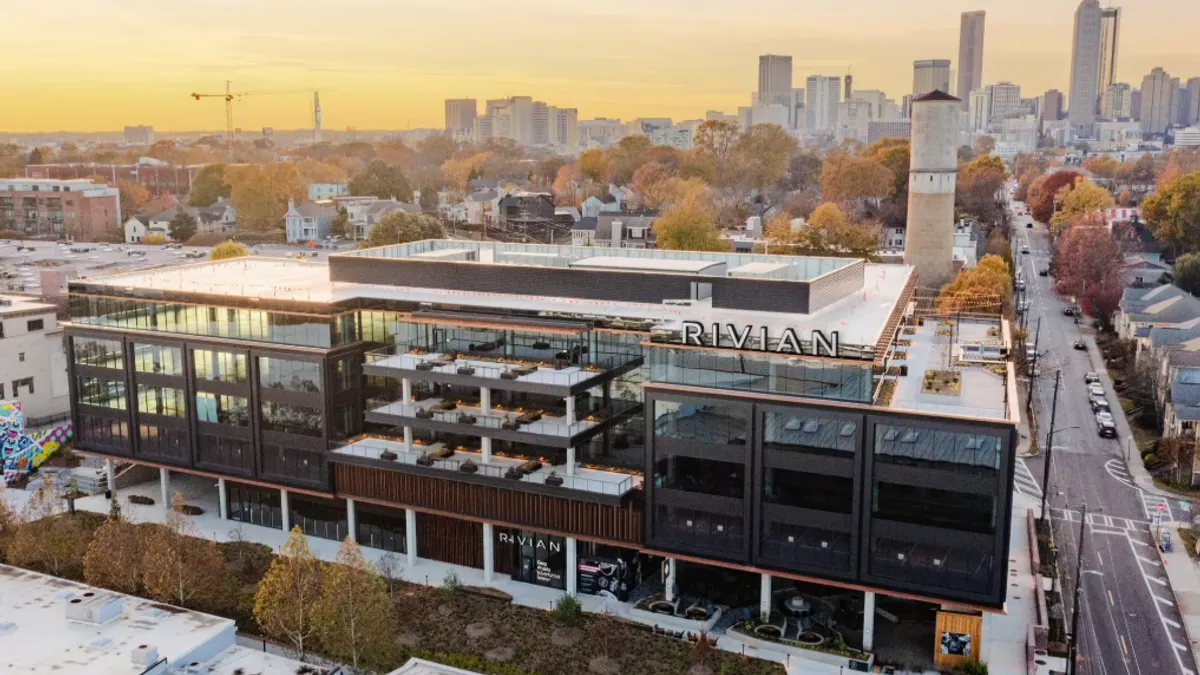Consumer demand for new vehicles in the U.S. probably won't change much in the near term, experts said, though future rate cuts may change the long-term outlook.
The Federal Reserve Board’s Sept. 18 decision to lower its main interest rate sent a signal that financial conditions may soon start to loosen, but experts said any real impact to automakers may take until 2025. After all, the central bank is expected to continue cutting rates next year, and it remains to be seen how both financial lenders and consumers adjust based on those expectations.
"Financial conditions will still be slower to ease than they were to tighten," Peter Nagle, associate director of research and analysis at S&P Global Mobility, said in an email. Auto lending-specific issues such as "the focus on credit quality (higher FICO requirements) and restrictive loan-to-value ratios" will continue to limit the "pool of potential borrowers and restrain demand."
Lower interest rates on auto loans won't drive additional retail sales in the short term because lenders lowered interest rates ahead of the rate cut, said Tyson Jominy, vice president of data and analytics at J.D. Power. In August, the average auto loan interest rate for new vehicles dropped 41 basis points to an estimated 9.95%, according to Cox Automotive, accounting for the vast majority of the rate cut.
"The additional upside from here may be limited unless we see additional action from the Fed," Jominy said.
Interest rate shifts lead to ripple effects
The Fed began raising interest rates aggressively in March 2022 to rein in inflation, which had several effects on automobile purchases.
Higher rates make it more expensive for consumers to finance vehicles, which in turn slows retail sales by making new vehicles less affordable for many potential buyers. In addition, experts say, prolonged periods of high rates have a chilling effect on the labor market, which can spook consumers.
As of late September, consumer confidence had experienced its steepest decline in more than three years, according to The Conference Board's Consumer Confidence Index survey.
"Consumers’ assessments of current business conditions turned negative while views of the current labor market situation softened further," Dana Peterson, chief economist at The Conference Board, said in a statement. "Consumers were also more pessimistic about future labor market conditions and less positive about future business conditions and future income."
To counter the market-cooling effects of high interest rates, the Fed now plans to lower the federal funds rate through the end of 2025, aiming to lower it to 4.4% by December and 3.4% by the end of 2025. Future rate cuts would probably get passed onto consumers, but it's unclear whether lenders would lower them in advance of or in response to the Fed's action, Jominy said.
Regardless, financial markets have already begun to shift.
The 10-year yield on U.S. Treasury bonds — which will have "more impact on auto lending terms" than the Fed's interest rate policy — "has trended upward since the decision," Nagle said.
In addition, a lower federal funds rate may eventually lead to lower interest rates on credit cards and home mortgages, leaving consumers with more money to spend and boosting home sales, which could improve new vehicle sales in the U.S. next year, some experts said.
"Construction professionals and contractors make up an important segment for commercial vehicle demand," said Jonathan Smoke, chief economist at Cox Automotive, in a Sept. 18 blog post. "Consumers who move are also far more likely to buy a new vehicle after changing residences. More people moving means more people buying cars."
Home mortgage rates, however, have already fallen by more than 1 percentage point to less than 6.1%, compared to last year, and are down nearly 1.7 percentage points from last October’s post-pandemic high, and it's unclear how much further they could drop without further action by the Fed.
Credit card interest rates probably won't fall much either, at least in the short term, with several issuers lowering their rates about half a percentage point as of Monday, CBS News reported on Sept. 23.
Those changes "will probably only save the average credit card debtor a couple of dollars per month off their bill," LendingTree Credit Analyst Matt Schulz told CBS News. "That's certainly better than nothing, but it isn't going to change lives."
Broader industry concerns weigh on outlook
Interest rates are but one factor of many that affect car purchasing patterns: personal savings, vehicle affordability, dealer inventory and political certainty all play a role.
Lower interest rates may eventually boost employment and consumers' personal savings, which, according to a report by the U.S. Bureau of Economic Analysis, fell from $830 billion in January to $599 billion in July. But many consumers will remain wary until after November's general election, which remains a coin toss, said Erin Keating, executive analyst at Cox Automotive.
"Consumers are putting down less on new vehicles" because they have less savings, Jominy said.
Market conditions will likely vary by region, Keating said, pointing to evidence from Cox Automotive's most recent dealer survey. Higher unemployment and cost of living are slowing sales in western states like California, according to the survey. In contrast, sales in the Midwest and South are buoyed by population growth, a strong job market and lower cost of living, despite lower incomes.
Given all these factors, the Fed's interest rate policy "will not be enough to significantly improve affordability by itself," Nagle said.
Still, there are some positive signs for dealers. New vehicle affordability reached "its best level" in 39 months, according to the most recent Cox Automotive/Moody’s Analytics Vehicle Affordability Index. In addition, inventories have stabilized in recent months as automakers ramp up incentives and 2025 models begin to flood dealer lots.
The combination of falling prices and interest rates means new vehicle affordability could increase further in 2025, J.P. Morgan said in a Sept. 18 investor’s note. It may just take longer than many consumers and dealers would prefer.
"Adjusting for inflation, the magnitude of new vehicle monthly payment declines in 2025 could be the largest seen since 2010 and the second largest since 1980," the note said.



